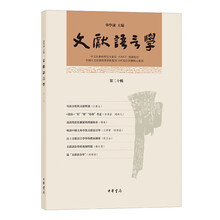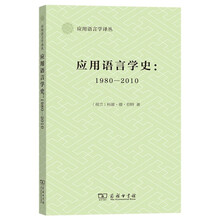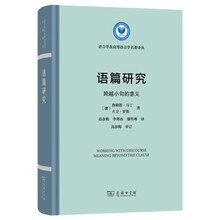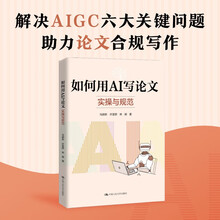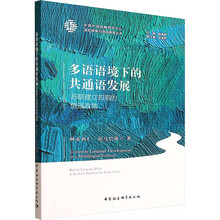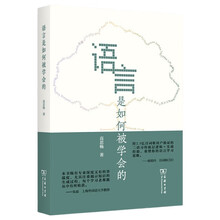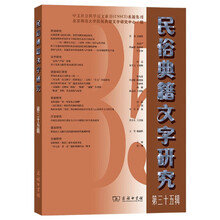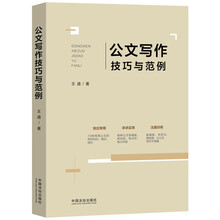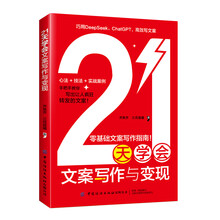this task is to ask students to describe some sort of real-life situation. The stimulus for such a descriptive task should meet the following four criteria:<br> 1) Represent a realistic communicative task.<br> 2) Provide students with the opportunity to improvise and to use whatever command of the language they may have at their disposal, at their particular level of proficiency.<br> 3) Provide opportunity for generating a variety of errors in sufficient quantity for error analysis.<br> To meet these criteria,the teacher can use a picture story stimulus that portrays people carrying out recognizable activities in familiar places. Picture stories provide several additional advantages apart from their use as elicitation stimuli. First,students seem to enjoy describing picture stories, especially when the stories are imaginative and humorous, and offer challenge to students to use their powers of creativity in a novel way. Second, picture stories provide a specific a mount or substantive information that students are expected to conveyto their listener or reader. Students who have not yet acquired a high level of language proficiency in a foreign language need and welcome the guidance and security that stories provide. Third, the visualin formation of picture serves as a frame of reference when teacher sevaluate the quantity and quality of information in the students communicative task in order to obtain a sample of the students writing proficiency, the teacher gives the students a picture story and asks the mto describe it as fully as possible in the target language. Since the goalis to obtain a sample or the students current mastery of the language,the use of dictionaries or textbooks should not be permitted, nor should students talk to each other while writing picture story composition.
展开

